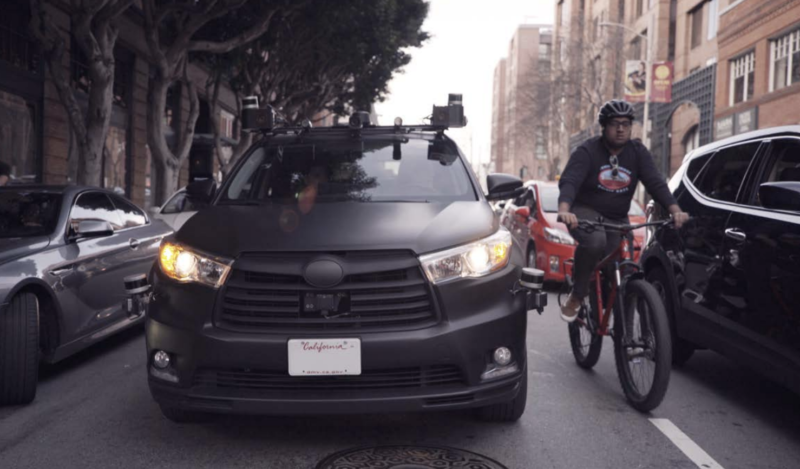The California Public Utilities Commission on Friday awarded Foster City-based Zoox the state's first permit to carry members of the public as part of an autonomous vehicle passenger service.
The CPUC pilot project permit doesn't mean you'll be hopping in a driverless autonomous vehicle to get home from a bar after New Year's revelry.
The approval requires Zoox -- which rhymes with "nukes" -- to have a DMV-licensed safety driver at the wheel, and it bars the company from charging passengers during the pilot project.
Bert Kaufman, the company's chief of corporate and regulatory affairs, called the permit "an important milestone as we move toward launching fully autonomous" passenger service. The company has said it plans to roll out that service by the end of 2020.
Although it's the first firm to get a CPUC permit for autonomous vehicle passenger service, Zoox is one entrant in a crowded field testing autonomous vehicle technology and vehicles. So far, 62 companies have received DMV permits to test "drivered" autonomous vehicles in California. Just one, Alphabet's Waymo, has secured DMV permission to test driverless vehicles.

